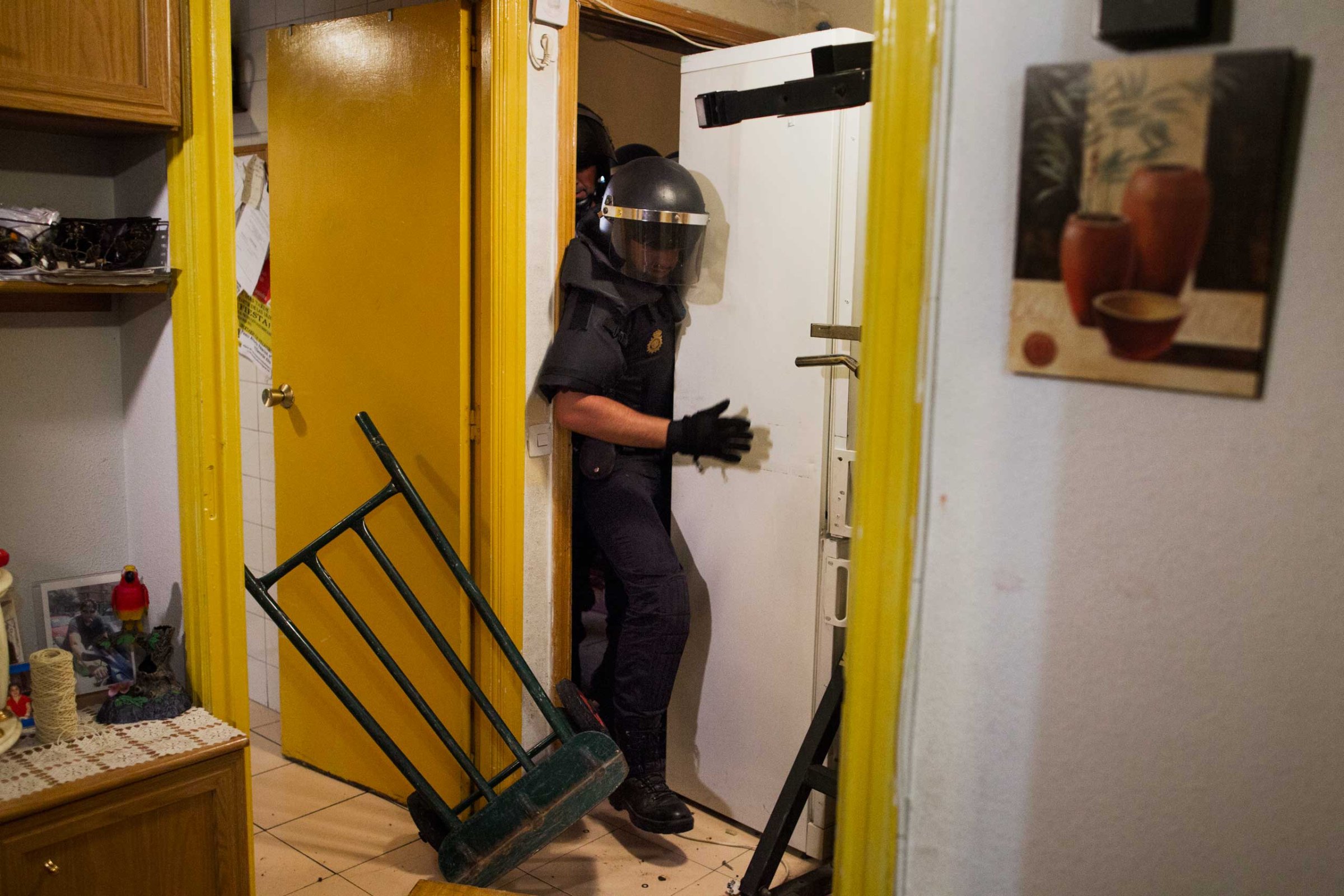
In Spain, few sights are more universally terrifying than that of police through an apartment door peephole. “They’ll come at dawn. They’ll cordon off the area two blocks around the house. And if the residents don’t open the door, they’ll break it down,” says photographer Andres Kudacki.
While shooting for the Associated Press in Madrid in 2012, Kudacki embarked on what would become a three-year project about evictions, hoping to tell a deeper story of the widespread, enduring consequences of Spain’s financial crisis. His efforts will find an attentive audience as a featured exhibit at this year’s Visa pour l’Image photojournalism festival in Perpignan, France, at a time when Spain’s economic woes seem all but eclipsed by those of Greece.
Kudacki’s photography puts individual faces to a crisis that has seen hundreds of thousands evicted from their homes since the 2008 housing market crash. Spain’s unemployment rate, at 22.5%, is the second-highest in Europe after Greece, and it’s simply impossible for many to make rent or mortgage payments. “Everybody knows someone who’s been evicted,” he claims.
The tragedy continues to unfold every day, over and over again, says Kudacki who initially found his sources with the help of housing rights activism group Plataforma de Afectados por la Hipoteca (PAH). He was soon covering up to four evictions a week. Those who lose their homes, he says, are usually forced to reoccupy evicted spaces, only to be evicted again later.
To make matters worse, the victims often suffer astonishing heartlessness at the hands of police. “The officers kick people to the ground and even push fingers into their eyes,” says Kudacki. But the most brutal treatment, he discovered, is reserved for members of the press. “The police don’t want to be the face of the evictions, because they are just executing an order delivered by a judge. But they will execute it no matter what.” During one eviction, Kudacki was arrested and faced up to four years in prison before his lawyers managed to get his case dropped.
Despite the risks he’s had to take, Kudacki’s work has sparked change for the better. One of his subjects, an 86-year-old widow named Carmen Ayuso, quickly became a symbol of the crisis after his portrait of her went viral on Twitter. “She had been living in [her home] for 50 years,” he says. “Her case sensitized everyone to the problem. A local football club donated all the profits from one of their games to help her.”
Aside from the direct impact his work has had on Carmen’s life, the opportunity to exhibit at Visa pour l’Image is one of the most gratifying things to happen to him as a photojournalist, he says. “When the police are trying to arrest me or break my camera, they’re saying, ‘Your work is nothing.’ But Visa pour l’Image is a space with such a good reputation. It says that [my] work is important and that it matters to society.”
Andres Kudacki is a freelance photographer based in New York.
Mikko Takkunen, who edited this photo essay, is an Associate Photo Editor at TIME. Follow him on Twitter @photojournalism.
Jen Tse is a photo editor and contributor to TIME LightBox. Follow her on Twitter @jentse and Instagram.
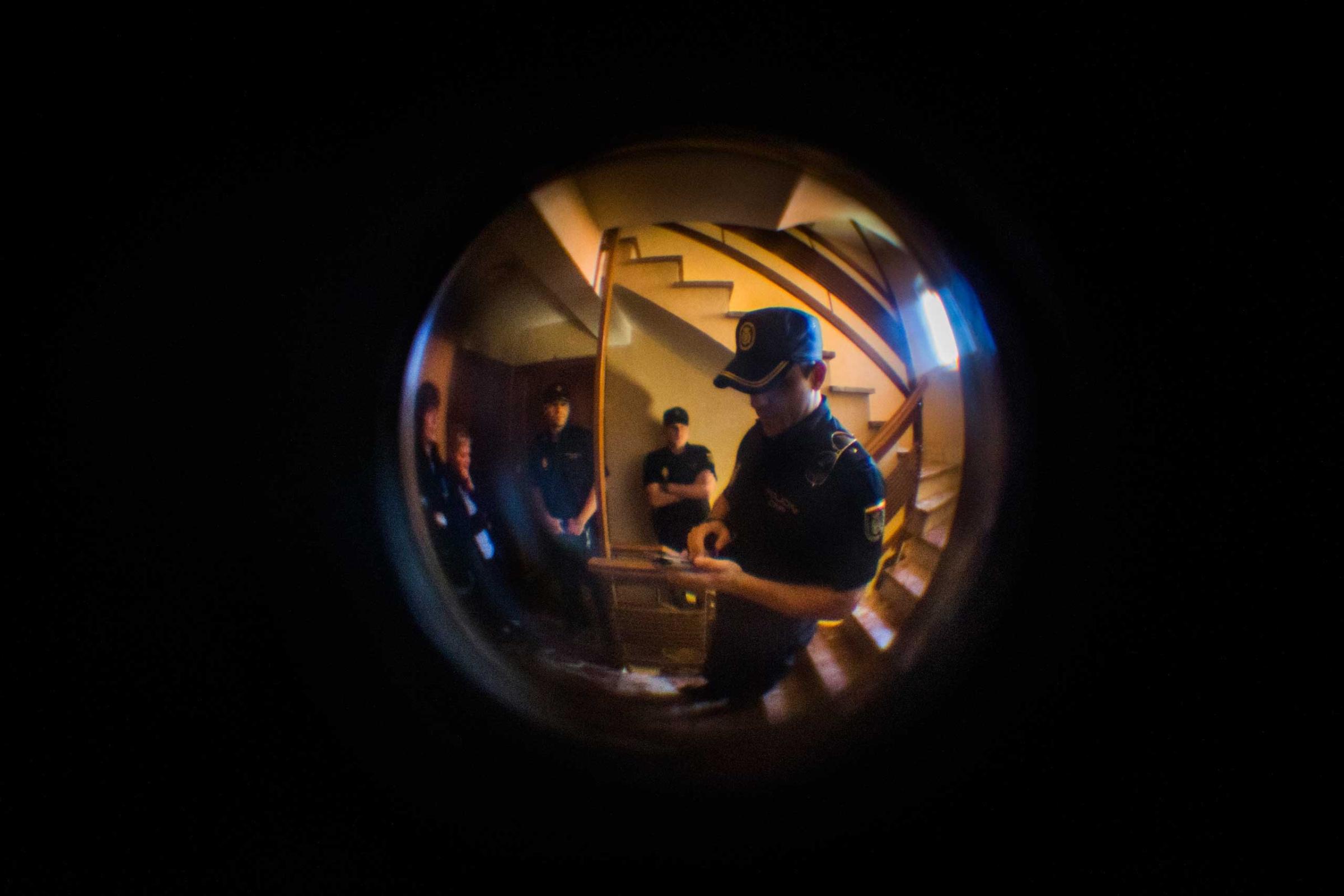
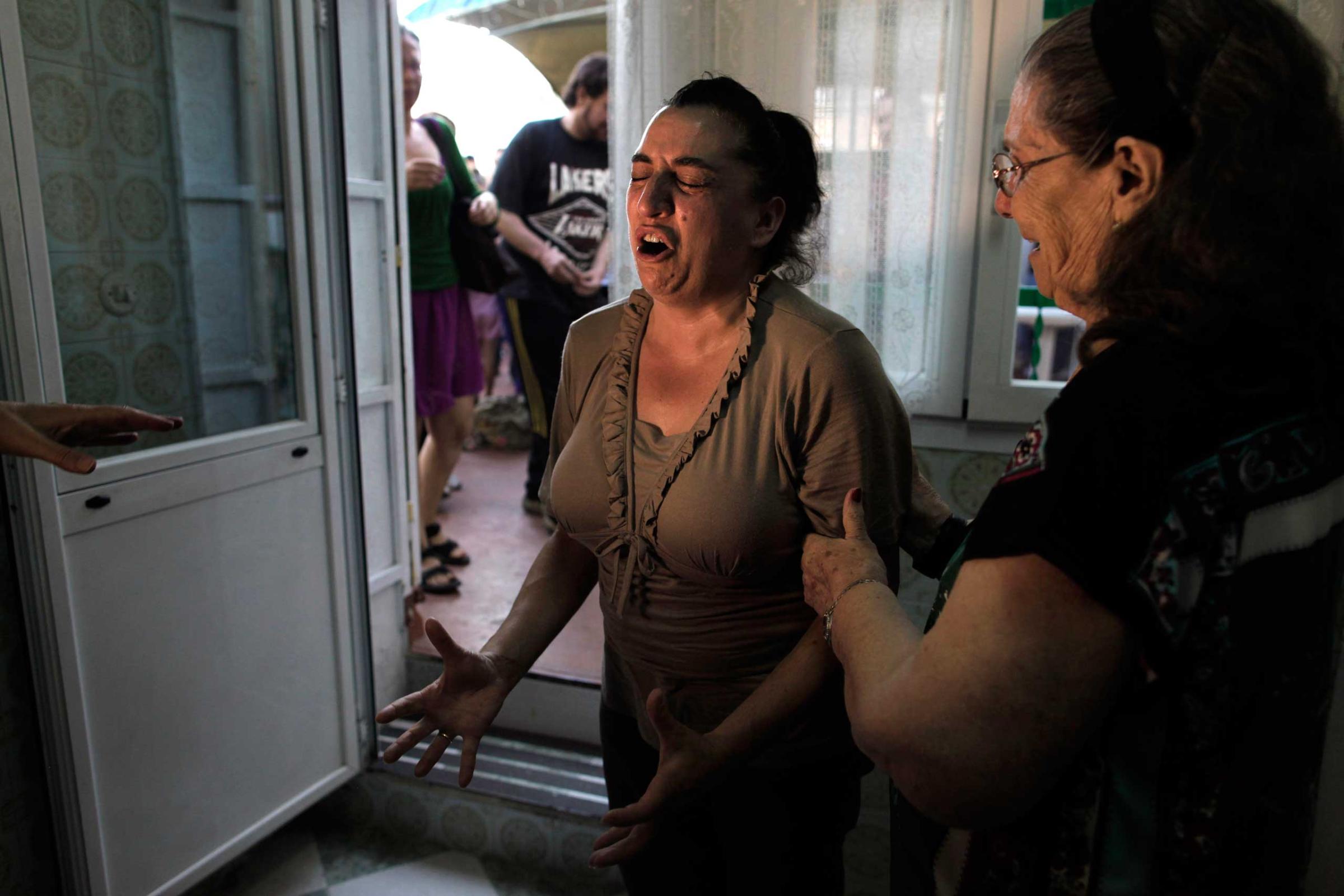
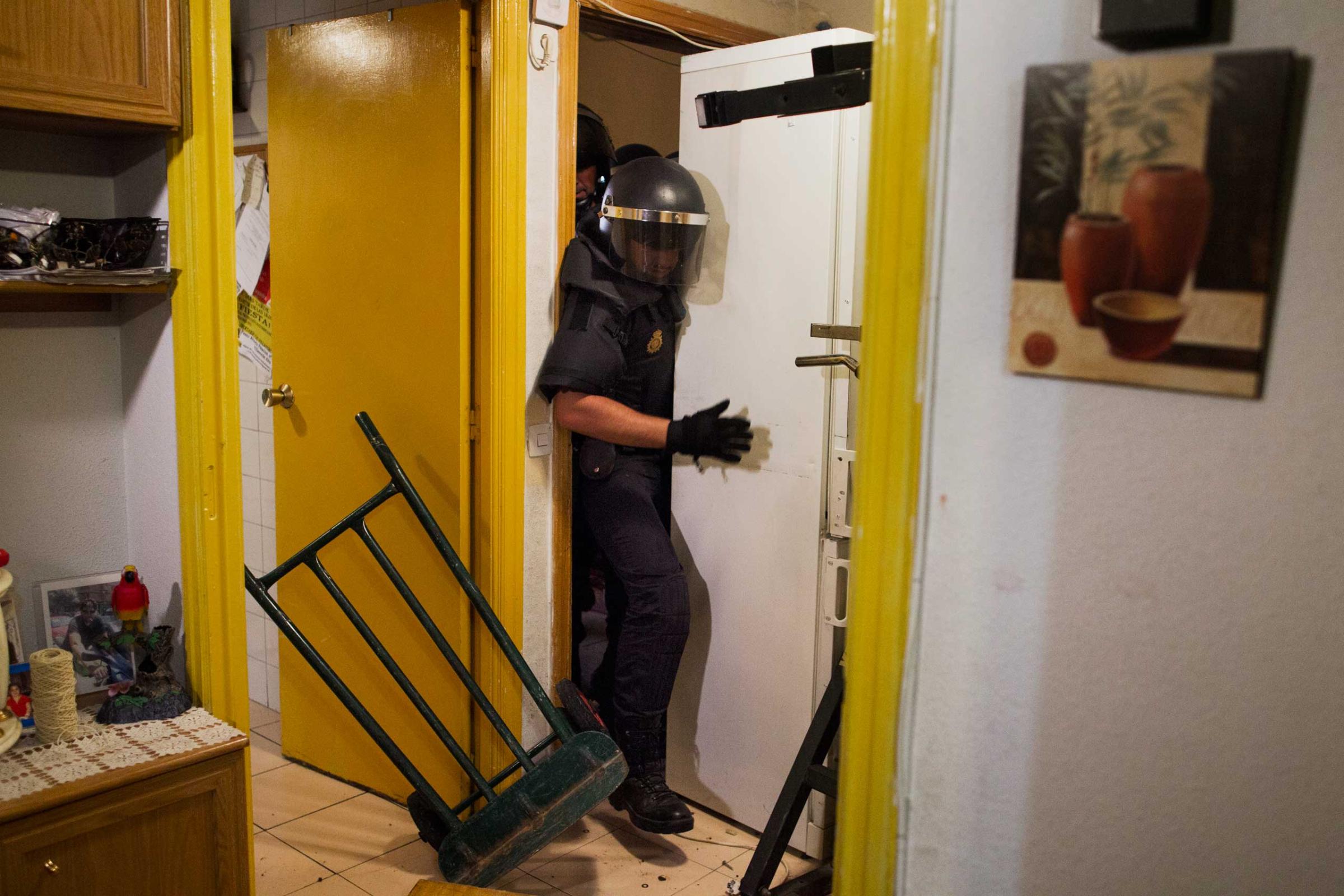
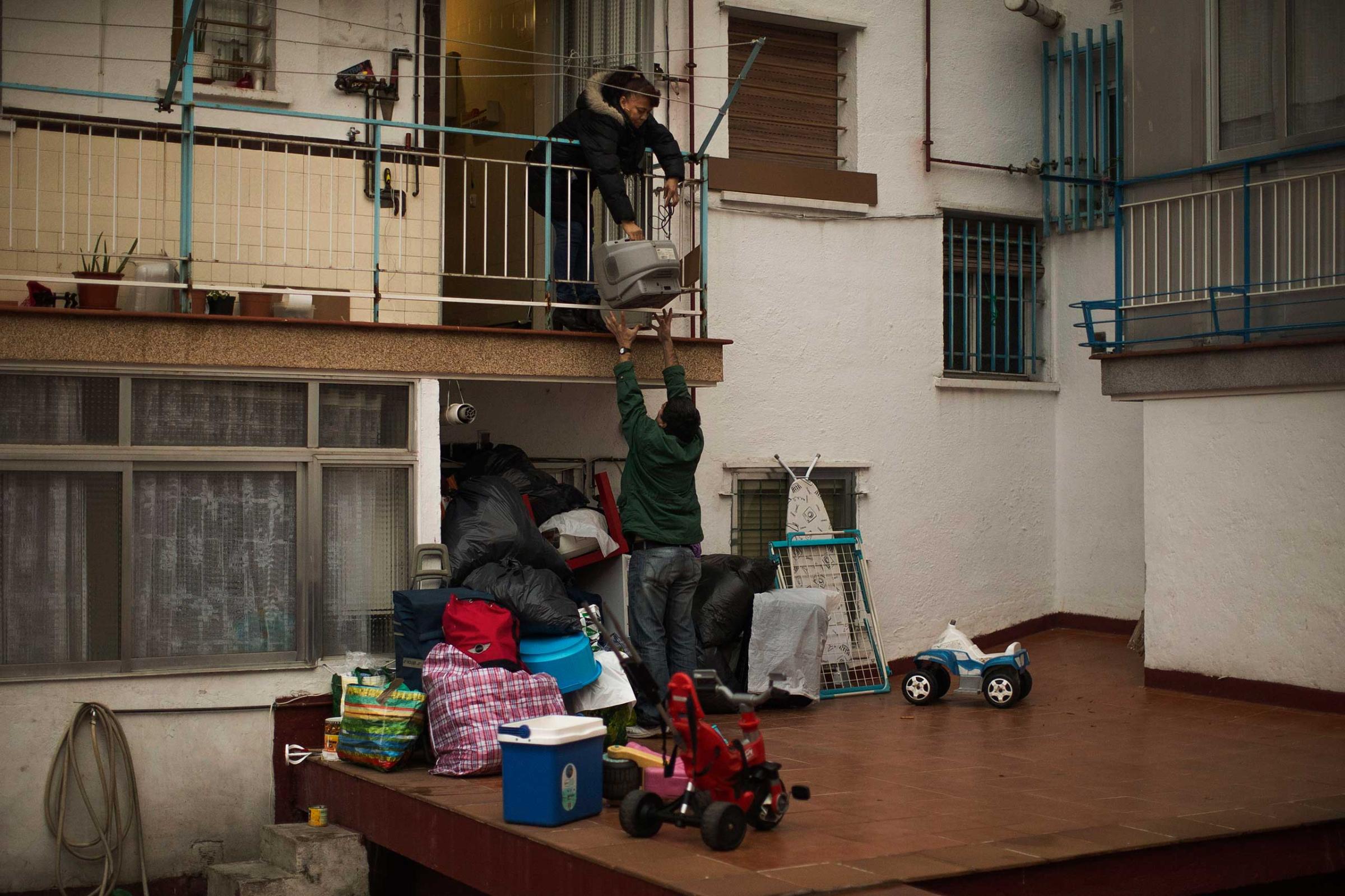
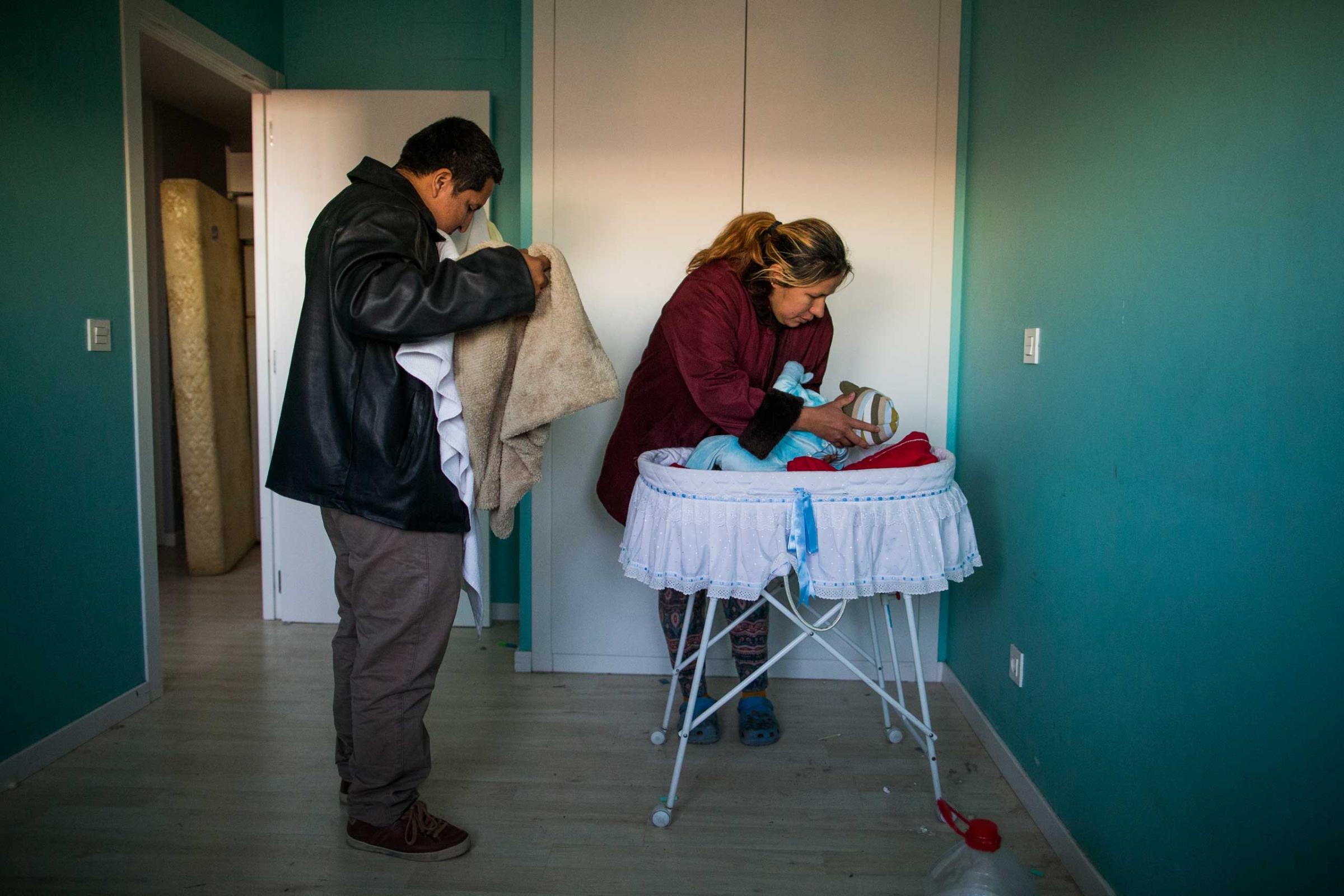
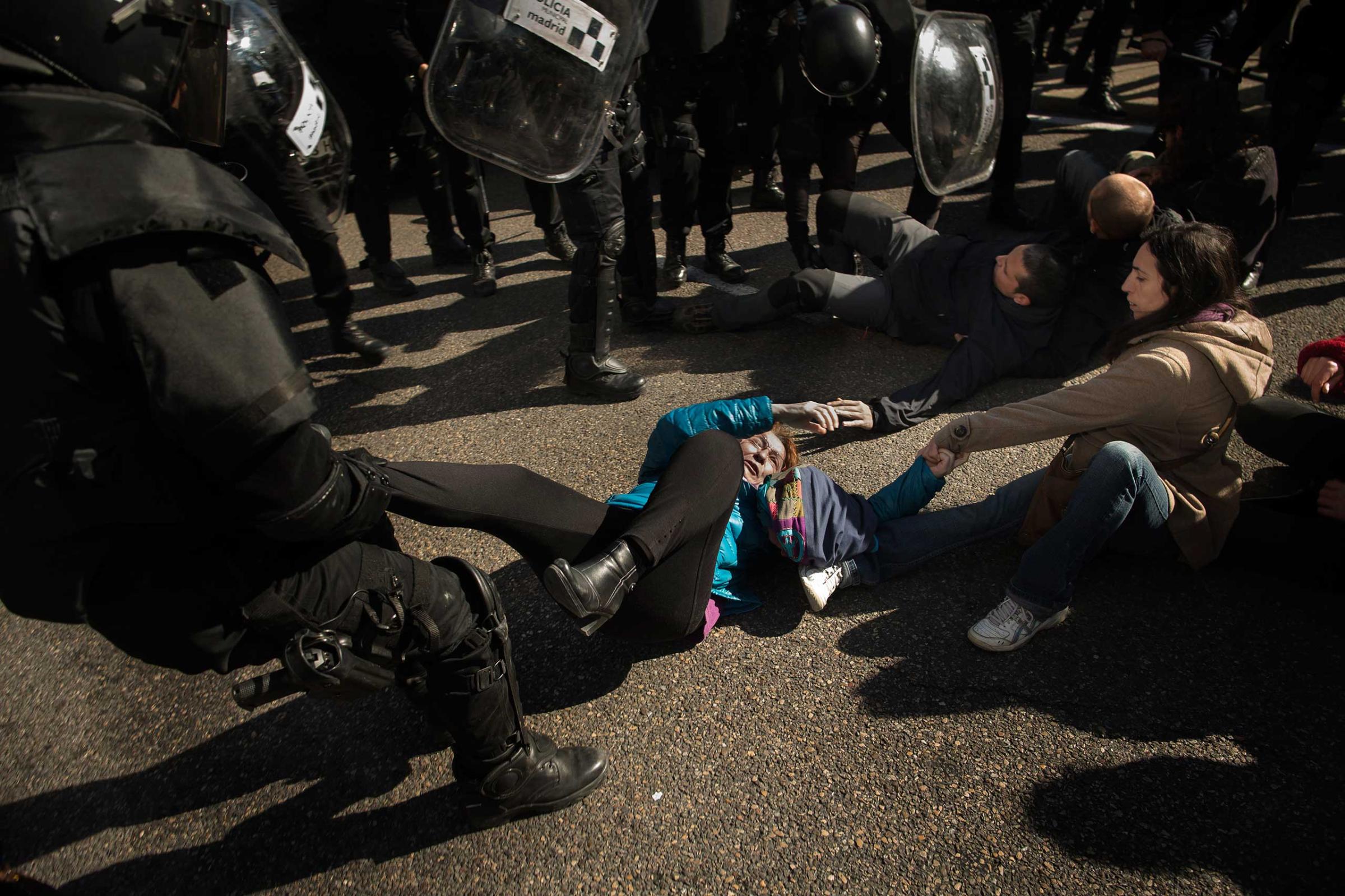
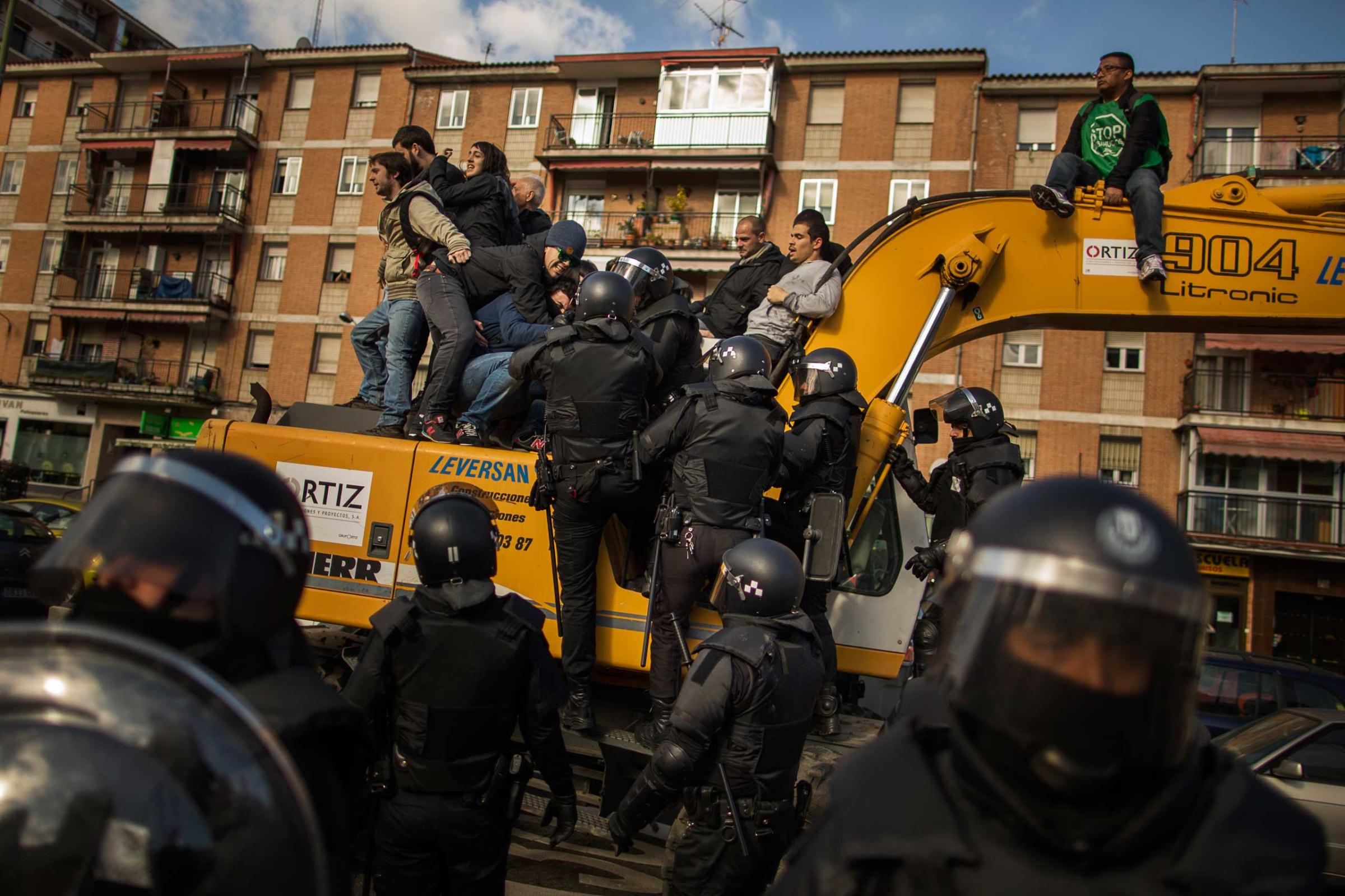
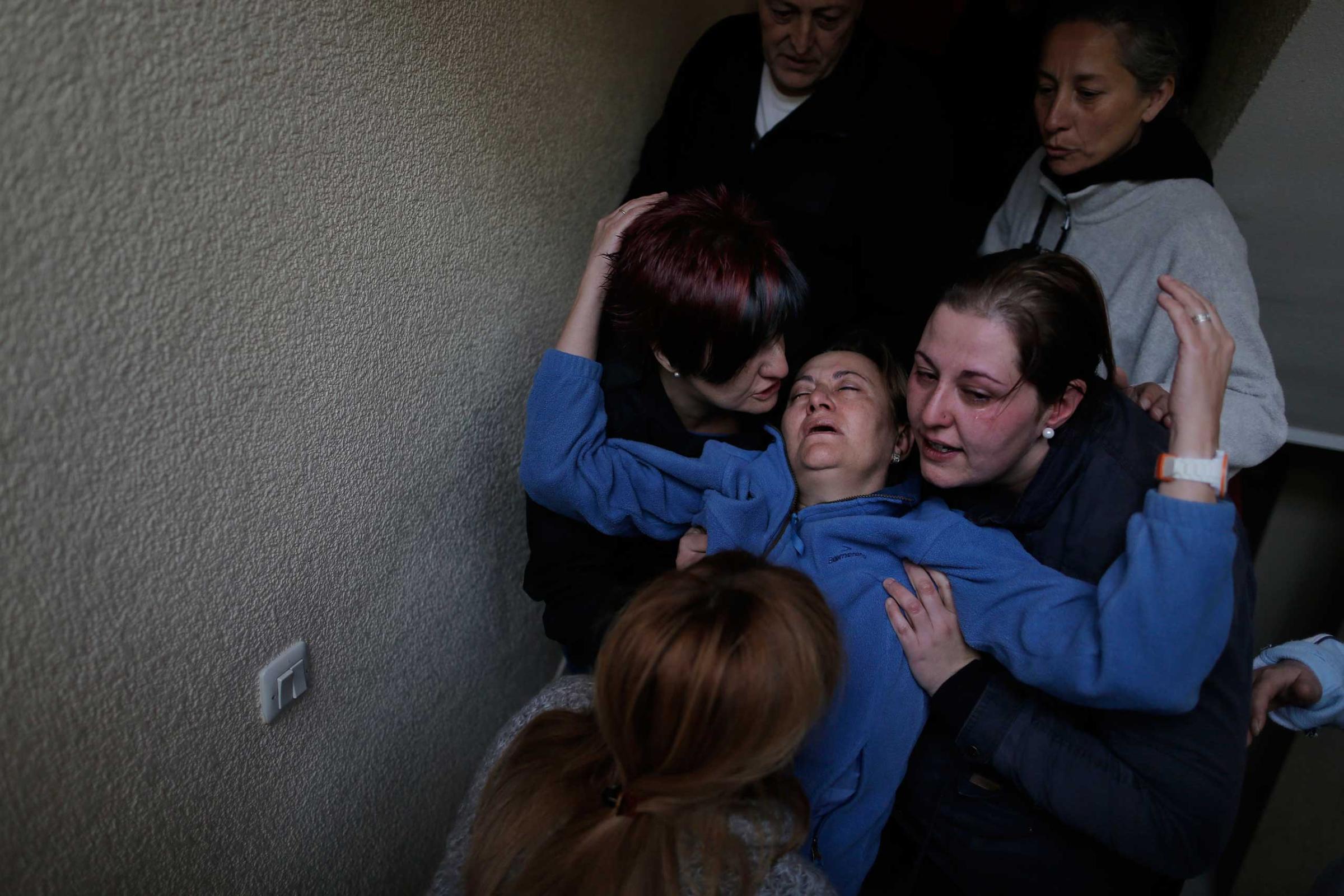
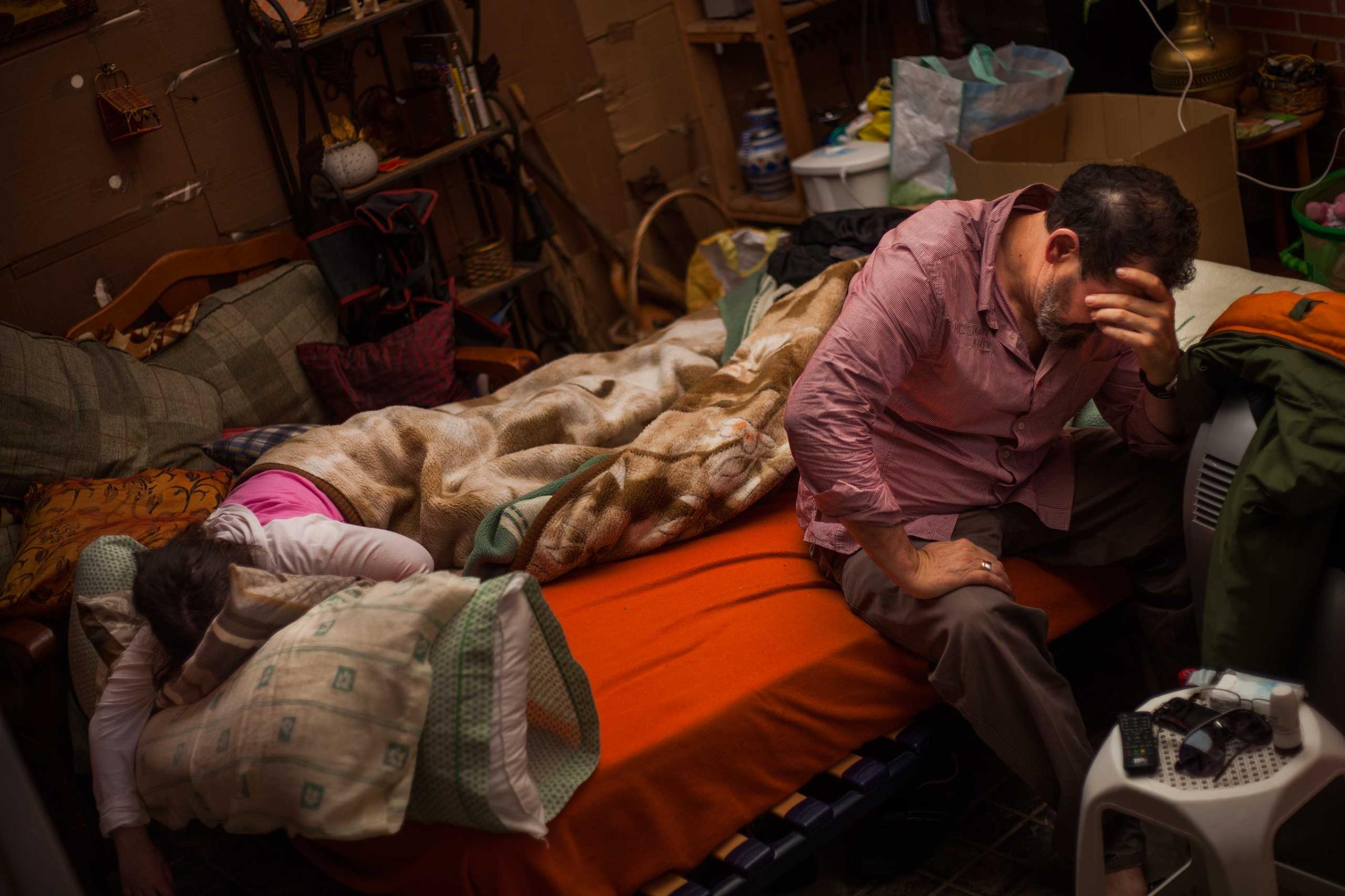
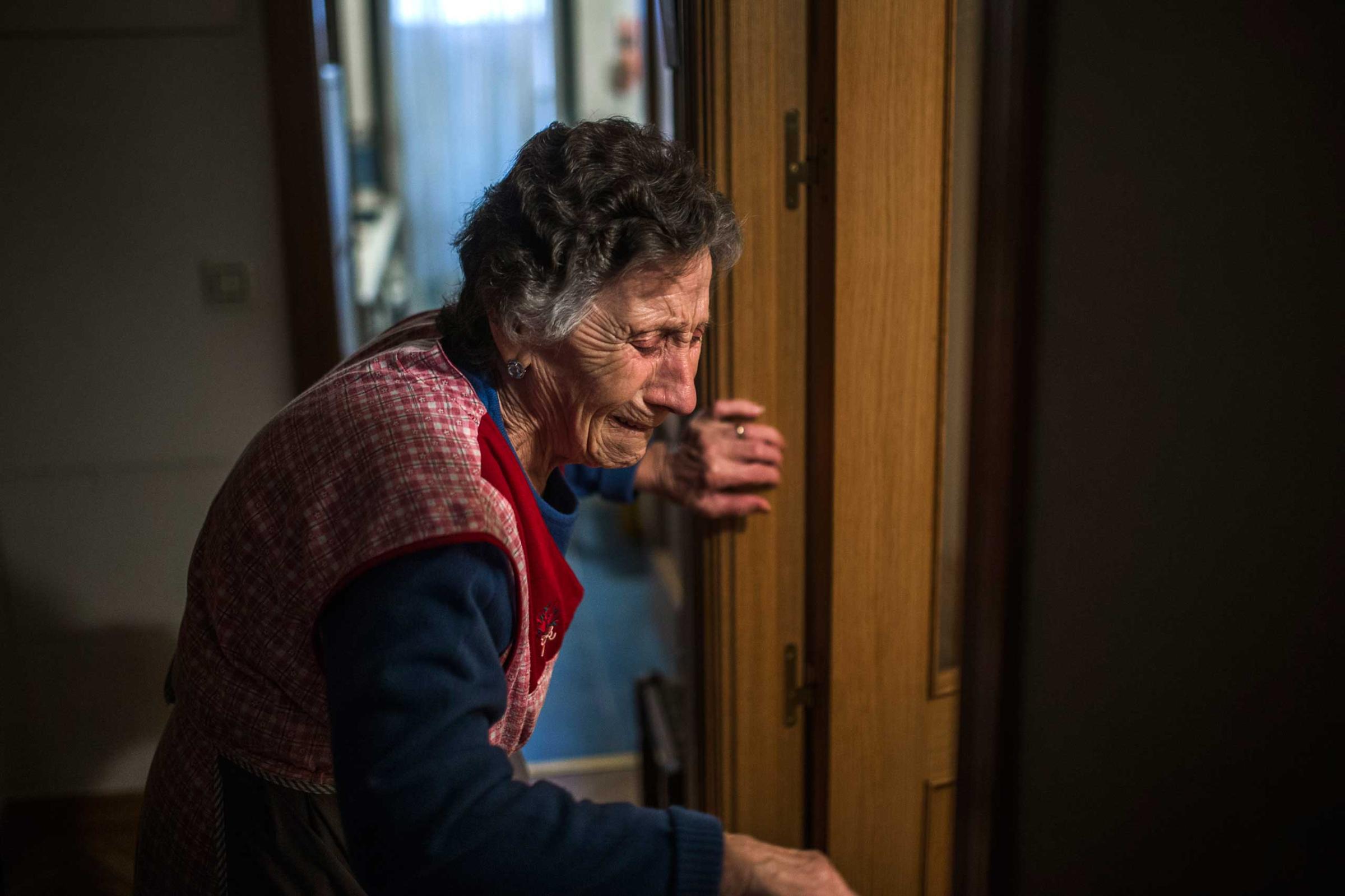
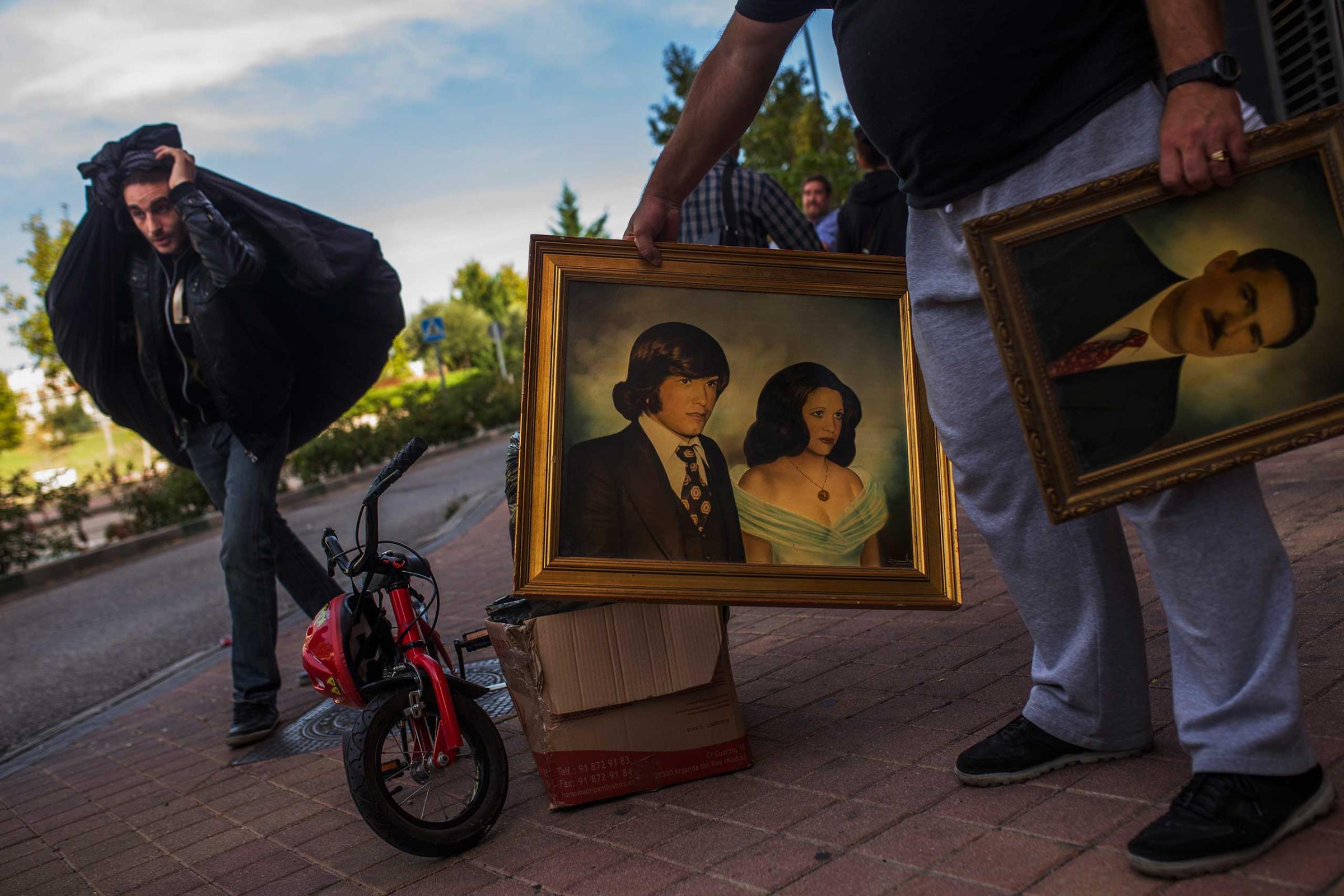
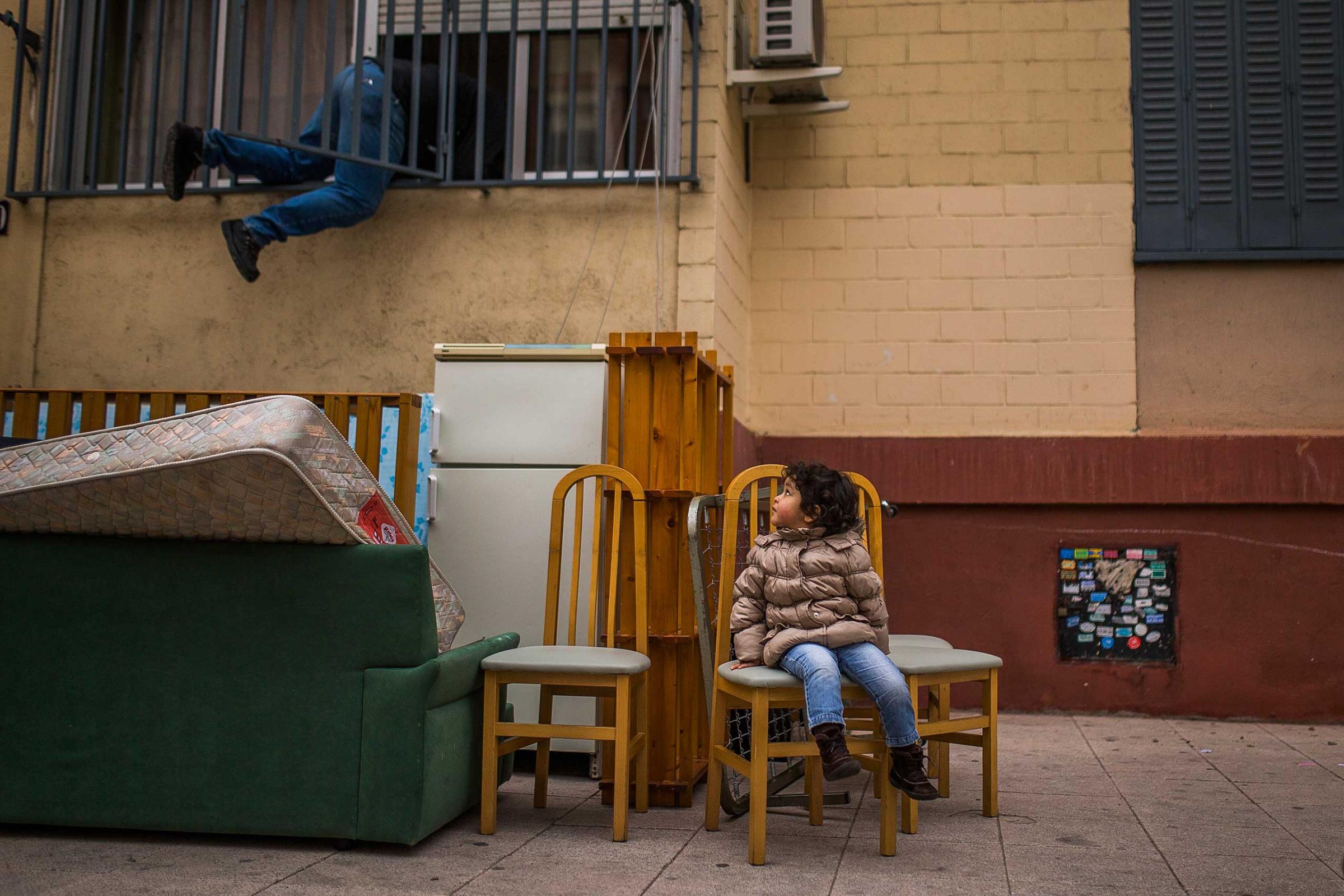
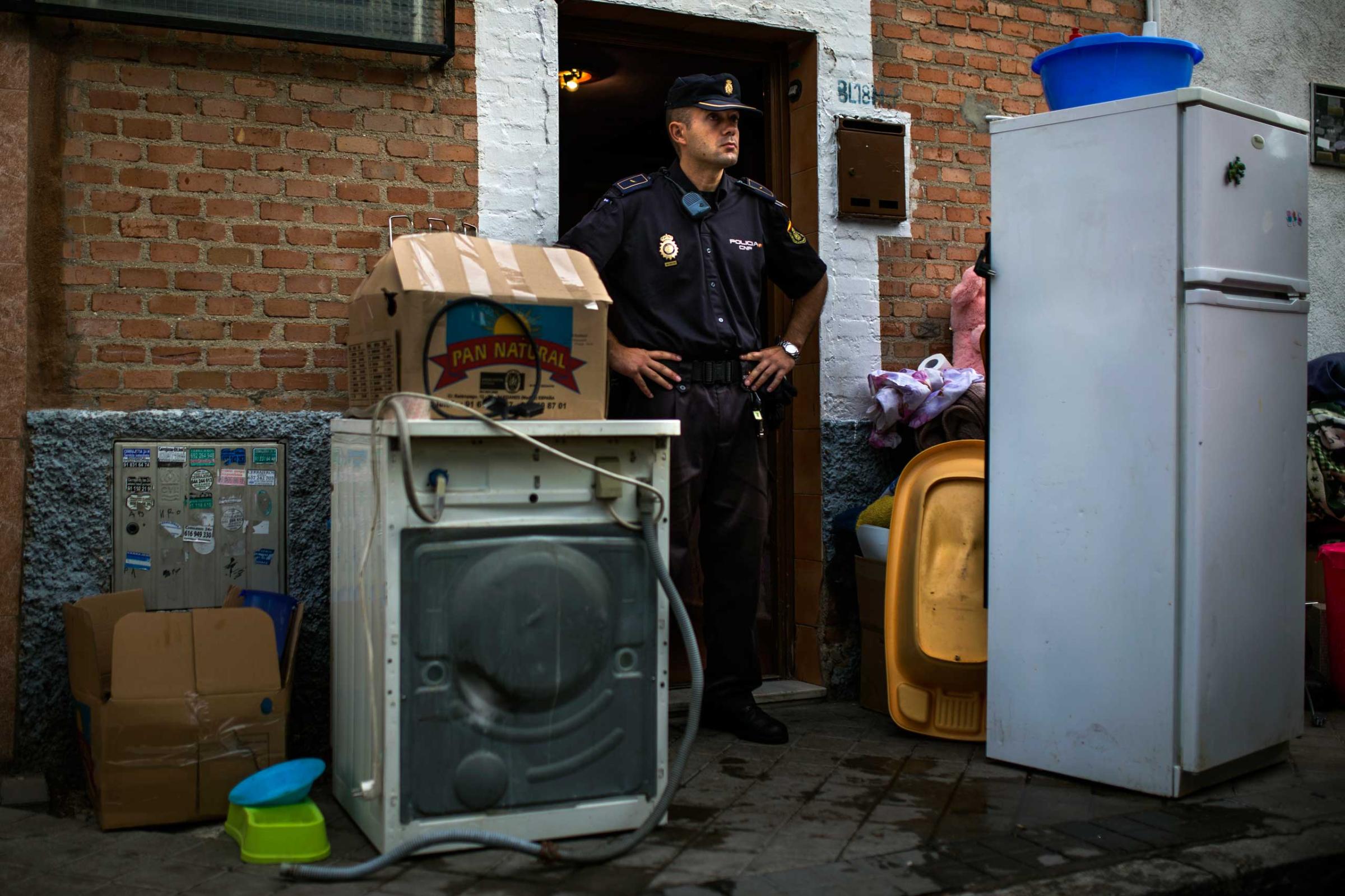
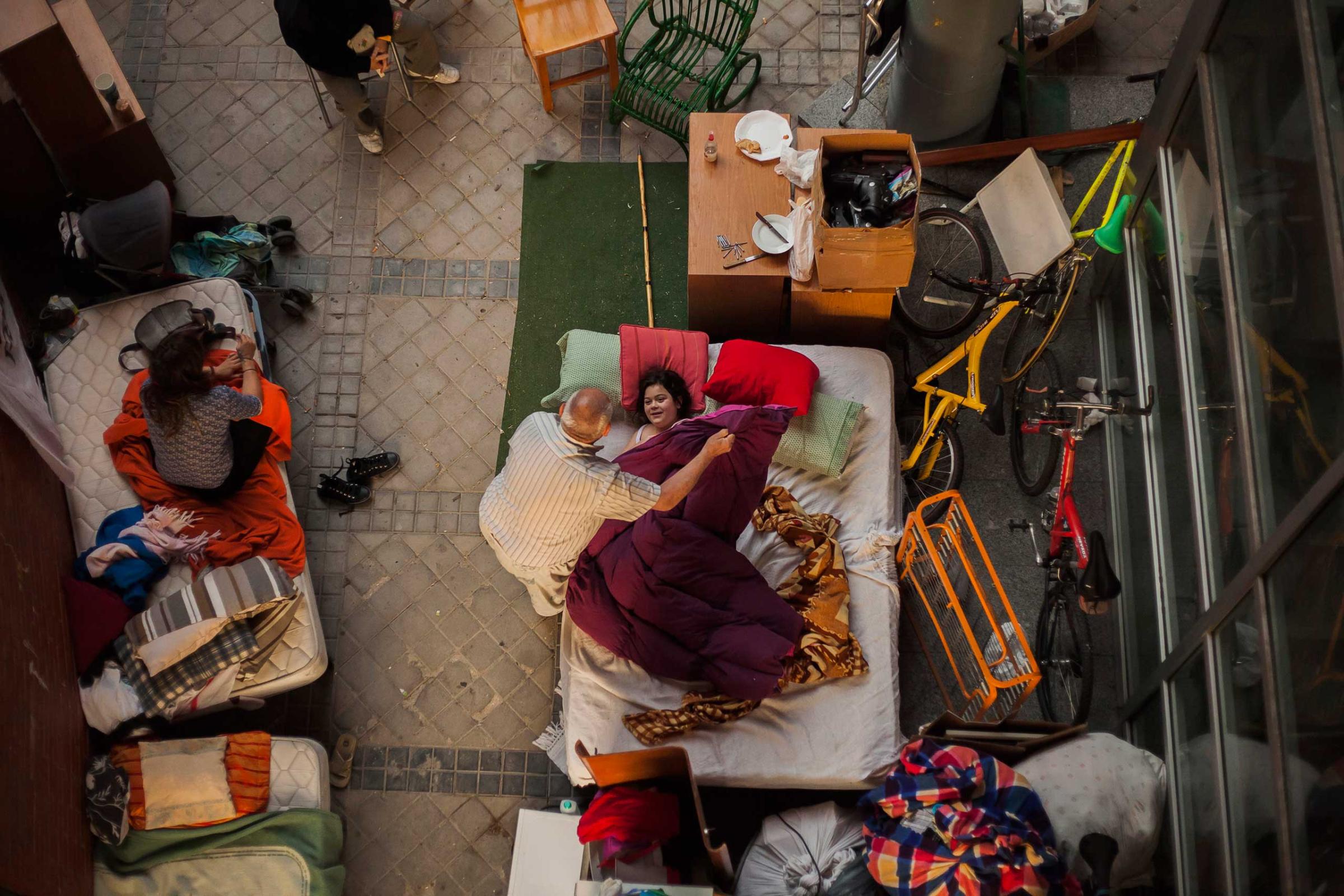
More Must-Reads from TIME
- How Donald Trump Won
- The Best Inventions of 2024
- Why Sleep Is the Key to Living Longer
- Robert Zemeckis Just Wants to Move You
- How to Break 8 Toxic Communication Habits
- Nicola Coughlan Bet on Herself—And Won
- Why Vinegar Is So Good for You
- Meet TIME's Newest Class of Next Generation Leaders
Contact us at letters@time.com